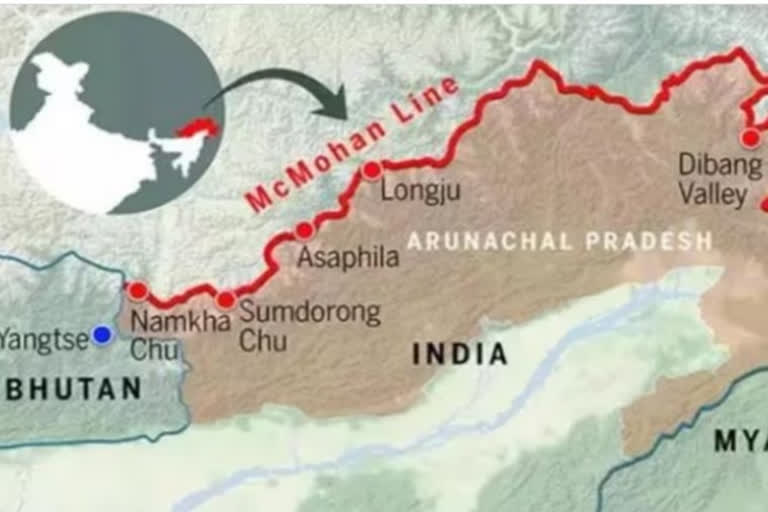New Delhi: In a recent development, two US senators have introduced a bipartisan resolution in the upper chamber of congress reiterating the US stand on India-China ties and that the country recognized the McMahon Line as the international boundary between the two countries in Arunachal Pradesh.
The bipartisan resolution acknowledges India's clear and consistent position that Arunachal Pradesh which China claims to be South Tibet is an integral part of India. It expresses the Senate’s support for unequivocally recognizing the state of Arunachal Pradesh as an integral part of India, condemning China’s military aggression to change the status quo along the LAC, and further enhancing the US-India strategic partnership and the Quad in support of the Free and Open Indo-Pacific,” Hagerty added.
The ties between India and China have been at the worst low since the Galwan valley clashes along the LAC in 2020.
What is the Mcmahon line?
The Mcmahon line serves as the boundary between India and China in the Eastern sector. The McMahon Line is specifically the boundary between Tibet and Arunachal Pradesh as agreed in the maps and notes exchanged by the respective plenipotentiaries on 24–25 March 1914 at Delhi, as part of the 1914 Simla Convention.
The line delimited the respective spheres of influence of the two countries in the eastern Himalayan region along northeast India and northern Burma (Myanmar), which were earlier undefined.
China has historically disrupted the boundary and claims the northeastern state of Arunachal Pradesh as part of the Tibetan Autonomous region.
It is pertinent to note that in February last month, three US senators released a resolution in the United States Senate reaffirming the state of Arunachal Pradesh as an “integral part of Indian territory and condemned China for the use of military force to change the status quo at the Line of Actual Control (LAC) and its other provocations in South Asia.
The resolution titled- "Reaffirming the state of Arunachal Pradesh as Indian territory and condemning the People’s Republic of China’s provocations in South Asia”, introduced by Jeff Markley and Bill Haggerty and co-sponsored by John Cornyn also supported India’s defense modernization and diversification.
It further applauded India’s development efforts in Arunachal including improving border infrastructure, commits to deepening US assistance in the region, encouraging like-minded partners to bolster their assistance to Arunachal, and expresses support for the US-India bilateral partnership, including the recent initiative on critical and emerging technologies (ICET).



